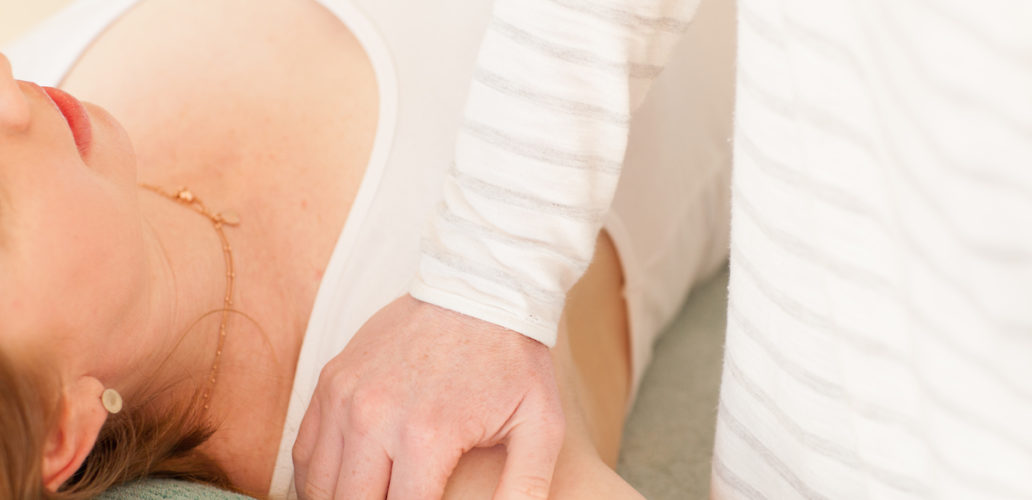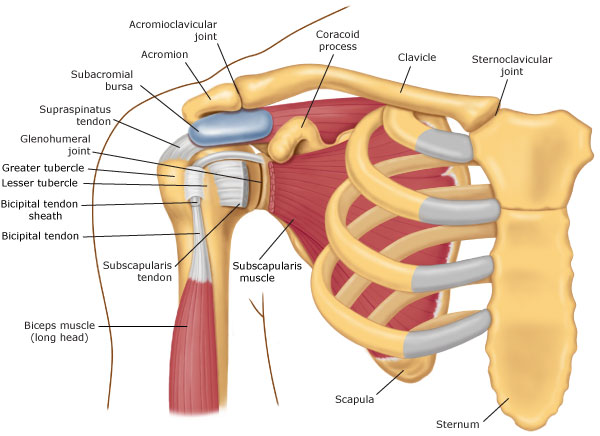
Rotator Cuff Pain
Learn more about what can be causing your shoulder pain and how our Osteopaths can help
The rotator cuff is a group of 4 muscles that are responsible for…rotating the shoulder. They are also very important in shoulder stabilization, by helping depress the shoulder to allow for greater movement. Given the large amount of movement allowed through the shoulder joint it is not uncommon for people to develop pain in this area.
Rotator cuff injuries/weakness are a significant cause of shoulder pain. They occur mainly in patients between 40 and 60 years of age and may be from trauma, but many do not involve an injury. They can slowly evolve from deconditioning, weakness and or overuse.
Patients might find that the pain can move around their shoulder. Given the close proximity of all the structures, they may experience pain at the front, back or side of the shoulder. Actions like hanging out the washing or movements like putting on a jacket may flare it up.
Below we will discuss some different types of rotator cuff pain but first a very brief shoulder anatomy lesson – The shoulder is made up of 3 bones – the humerus (upper arm bone), clavicle (collar bone) and the scapula (shoulder blade). These 3 bones makes a ‘little tunnel’ for all the rotator cuff tendons to run through and they attach directly onto the Humerus bone. To help reduce friction and absorb some shock in this space there is a little sac of fluid called a bursa.

Types of Rotator Cuff injuries:
Shoulder Impingement or Shoulder Tip Pain: When you lift you arm above your head, the space where the rotator cuff tendons run narrows, this can lead to compression of the tenson and can cause pain and irritation.
Bursitis: Just like the tendons, this can become irritated. Inflammatory cells infiltrate the sac and can become a shoulder irritant, ‘generally’ bursitis is a secondary finding to another issues in the shoulder
Rotator cuff tears: Rotator cuff tears can occur in people from direct trauma, like a fall or accident (less likely) or due to repetitive actions over time (more likely). A study has recently found that 54% of asymptomatic (i.e. not having pain or problems) patients aged 60 years or over, were found to have partial or complete tears of the rotator cuff on MRI. This shows us that tissue damage doesn’t always equal pain.
Tendinopathies: This is a general term used to describe cellular changes to the tendons of the rotator cuff over time, due to overload.
OSTEOPATHY AND SHOULDER PAIN
- Our osteopaths will perform a complete assessment and determine a diagnosis of your pain.
- Osteopathic techniques including soft tissues, joint articulation, muscle stretching and mobilization may be used to help reduce muscle tension of the shoulder, thoracic spine, neck and arm.
- May help promote blood and lymphatic flow, helping reduce pain and inflammation.
- Education re exercise program/modification
- Chat about some small modifications you can make to your daily routine to avoid aggravating the symptoms
Book an appointment to chat with one of our osteopaths about your shoulder pain HERE
